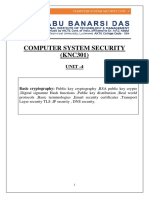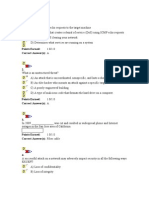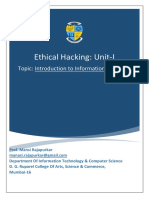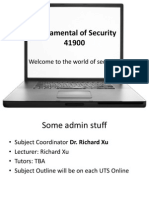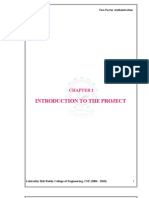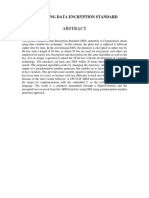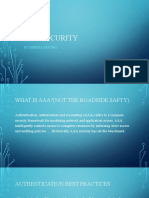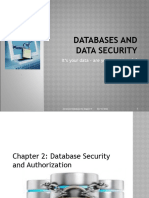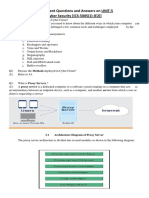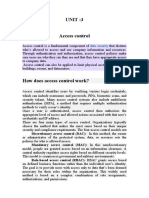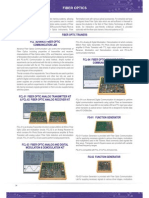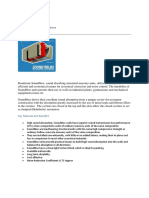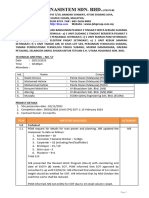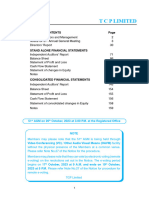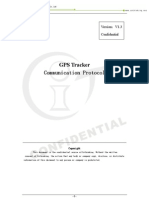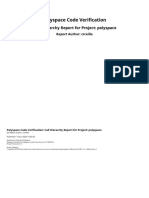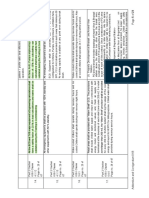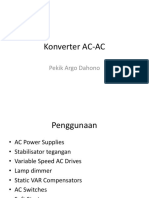100% found this document useful (1 vote)
195 views32 pagesUNIT - 3 Notes
The document discusses concepts related to computer system security including access control, Unix and Windows access control, browser isolation, and web security threats. Access control limits access to systems and resources through identification, authentication, and authorization. Different access control models include attribute-based, discretionary, mandatory, and role-based access control. Browser isolation separates browsing activity from local devices and networks to reduce security risks by containing threats in isolated, disposable environments.
Uploaded by
Sushant YadavCopyright
© © All Rights Reserved
We take content rights seriously. If you suspect this is your content, claim it here.
Available Formats
Download as PDF, TXT or read online on Scribd
100% found this document useful (1 vote)
195 views32 pagesUNIT - 3 Notes
The document discusses concepts related to computer system security including access control, Unix and Windows access control, browser isolation, and web security threats. Access control limits access to systems and resources through identification, authentication, and authorization. Different access control models include attribute-based, discretionary, mandatory, and role-based access control. Browser isolation separates browsing activity from local devices and networks to reduce security risks by containing threats in isolated, disposable environments.
Uploaded by
Sushant YadavCopyright
© © All Rights Reserved
We take content rights seriously. If you suspect this is your content, claim it here.
Available Formats
Download as PDF, TXT or read online on Scribd
/ 32

